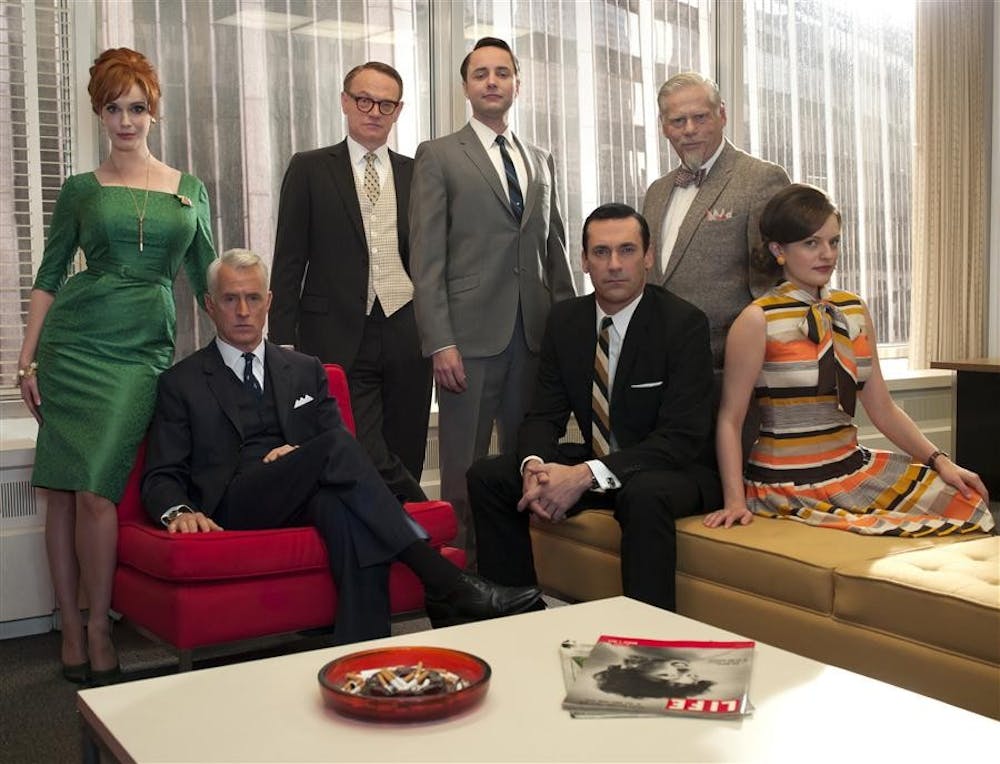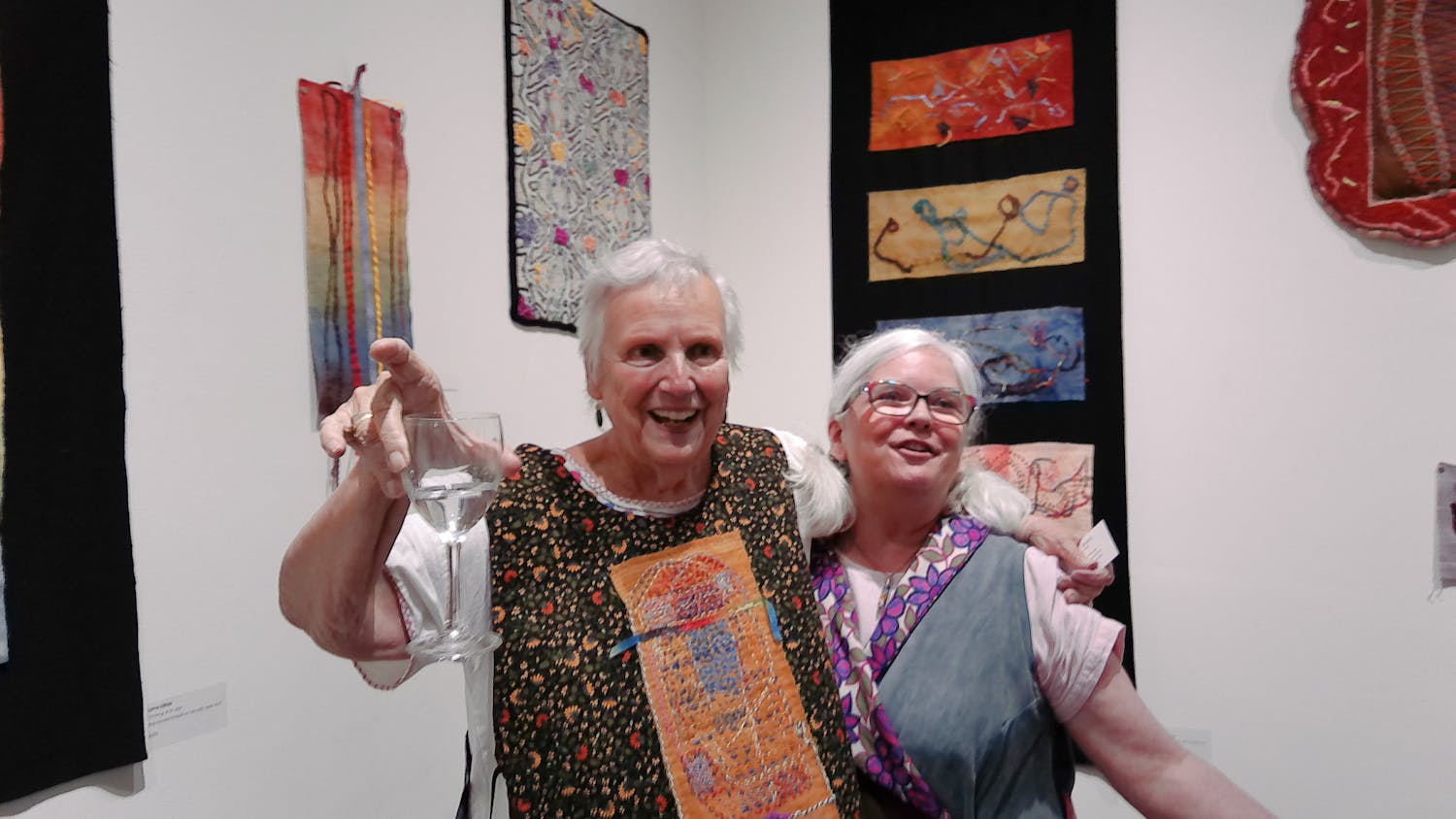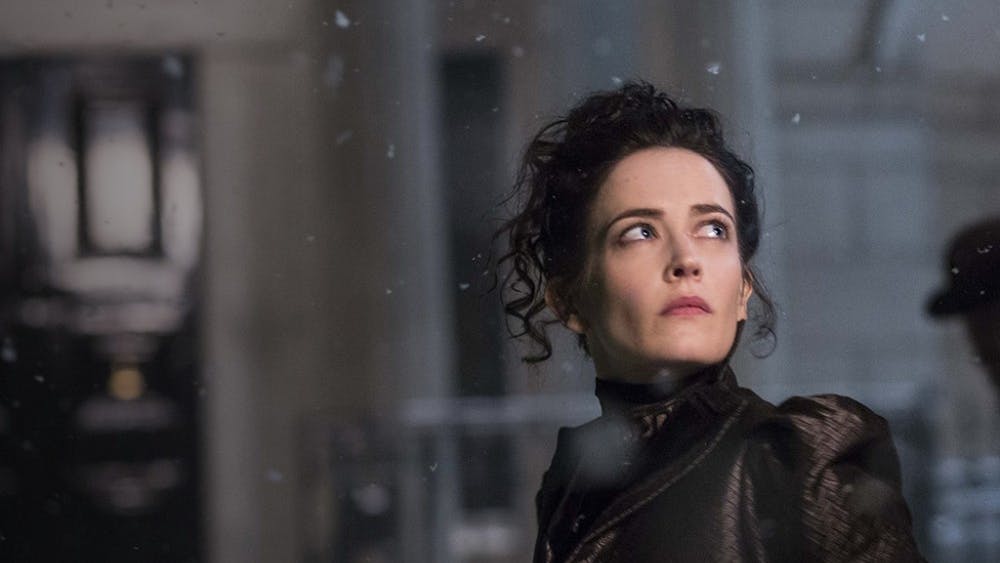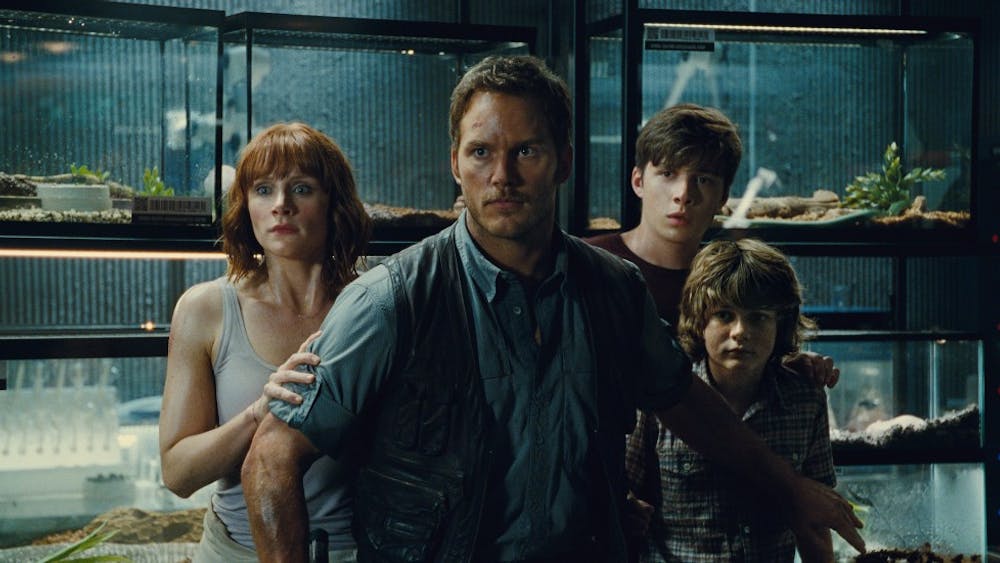Press your suit, light a cigarette and pour another scotch, ladies and gentlemen. The wait is over. “Mad Men” has returned.
The fifth-season premiere Sunday marked the return of Sterling Cooper Draper Pryce and our favorite men and women in advertising. However, as I watched the highly anticipated (and notably delayed) episode, I realized that something is clearly different.
Everything is a little more colorful. A little noisier. A little less uptight.
“Mad Men” has settled into the 1960s, and it wants us all to know it.
Some of the changes are obvious. The very beginning of the episode shows a group of protesters, reminding us all that — unlike the placid 1950s — this decade is all about the counterculture.
Changes in both fashion and social climate are explicit. At Don’s birthday party, people discuss Domino theory and the Vietnam War while others smoke pot on the balcony. It doesn’t get much more obvious than that.
There are subtler changes, as well.
The women are bolder and stand more on their own — a far cry from the style of housewife that Betty Draper portrayed in earlier seasons.
“Please don’t smoke in here,” Pete says to the partners of Sterling Cooper Draper Pryce at the beginning of the meeting. The same phrase would have been unheard of in earlier seasons in which the decade was still in its infancy.
Perhaps the winds of change are blowing cleaner air into the “Mad Men” offices.
Even the way they advertise is changing. Earlier seasons were dominated by meetings about how to market products to housewives, families and businessmen. But in the 1960s, youth culture is on the rise.
In the premiere episode, a representative for Heinz, a major client of Sterling Cooper Draper Pryce, explains to Don and Peggy that he wants to sell to kids in college.
This season seems to be taking on the 1960s with the same fervor as early seasons did the 1950s.
I’m curious, though, how these cultural shifts will affect our “Mad Men” that we have come to know and love.
Part of the allure of “Mad Men” has been the classic depiction of 1950s America. It has offered devoted fans a look into the advertising world defined by suits, scotch and cigarettes: the epitome of cool.
Our characters are intrinsically linked to that 1950s world. If society continues to move forward (which, as we know, it does), their outdated world might become out of touch.
The new (and definitely improved) Mrs. Draper sings and dances for her husband on his birthday, looking hip to the times in her flowy 1960s garb and winged eyeliner. Don seems out of place.
Don Draper’s suits seem a little more stiff than crisp in the Swingin’ ’60s. Even the show’s slow, dramatic opening sequence now doesn’t quite seem to fit.
As this season progresses, I’m more than a little curious about how “Mad Men” will take on these new challenges.
Is there a place for dapper Don Draper in the radical 1960s? I guess we’ll all just have to wait and see.
As Seen on TV

Get stories like this in your inbox
Subscribe





